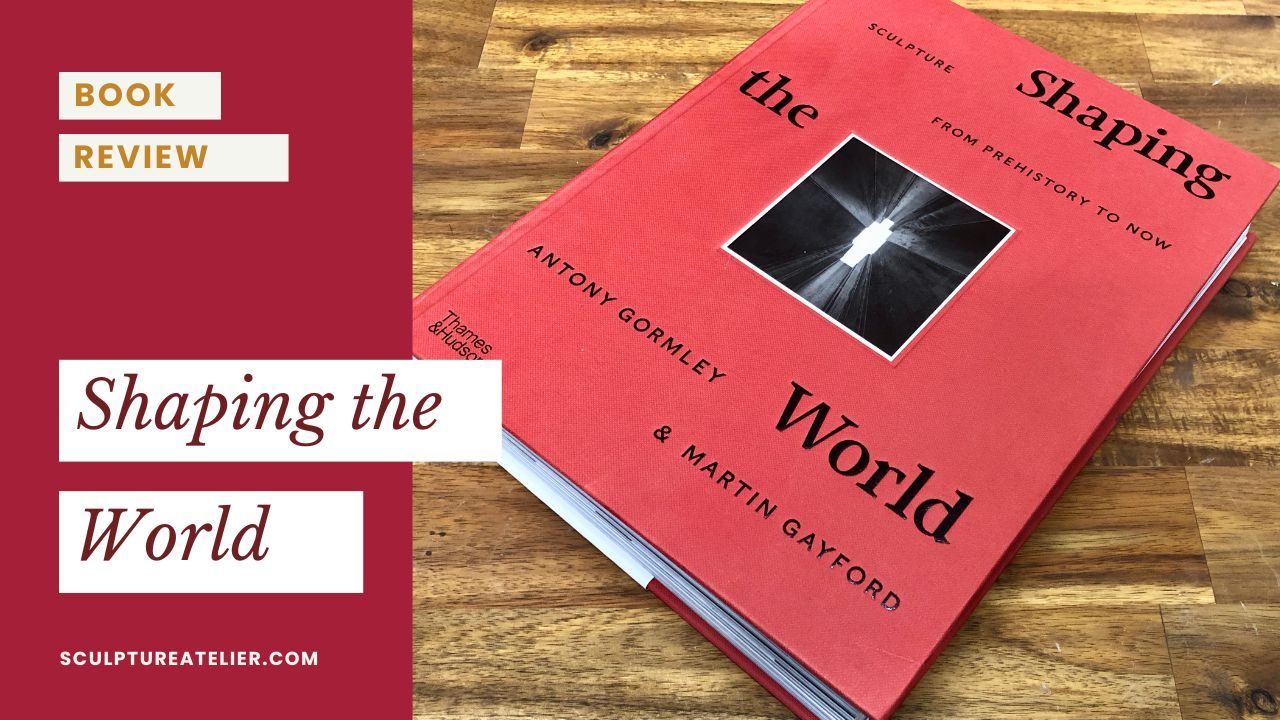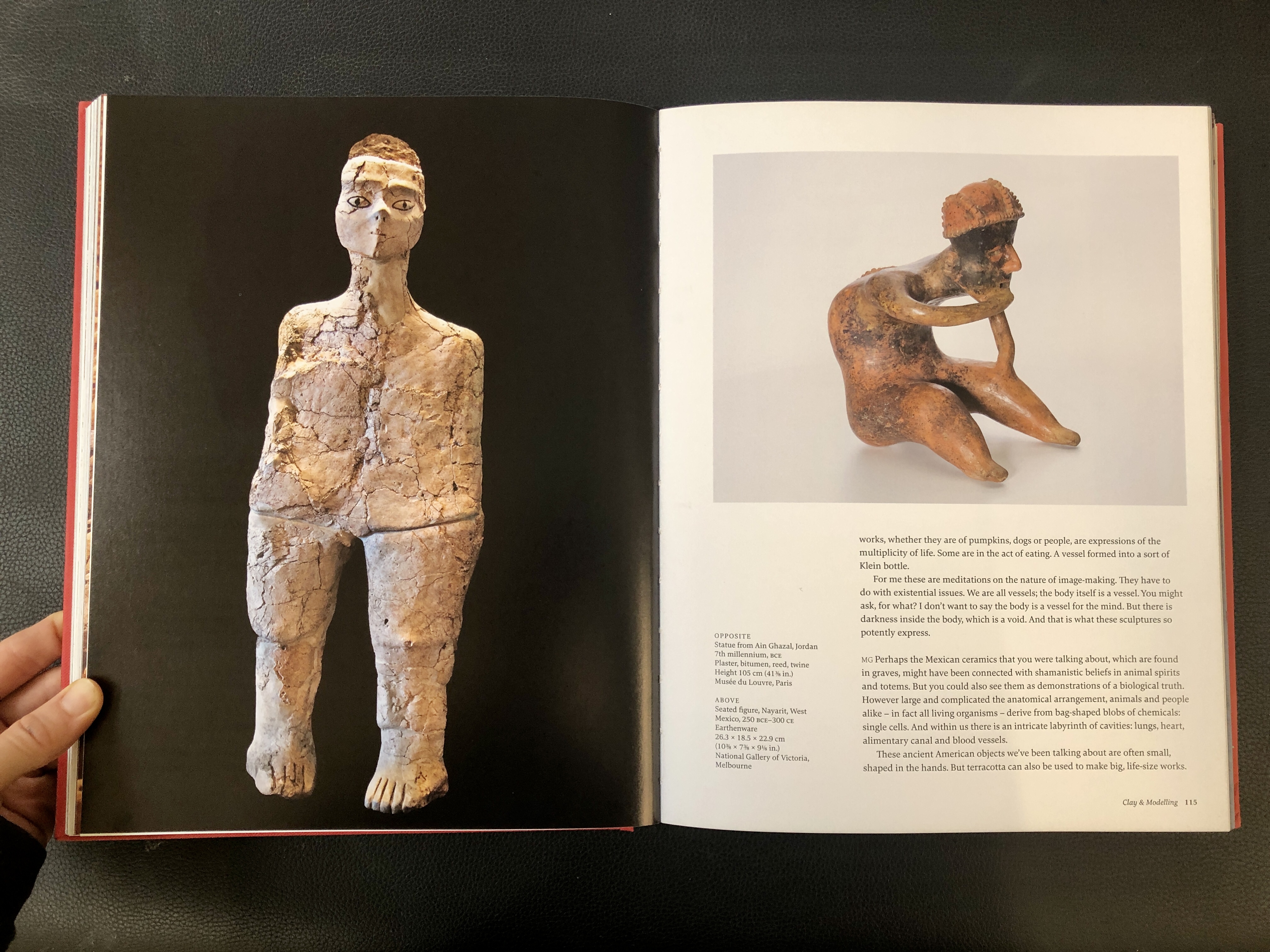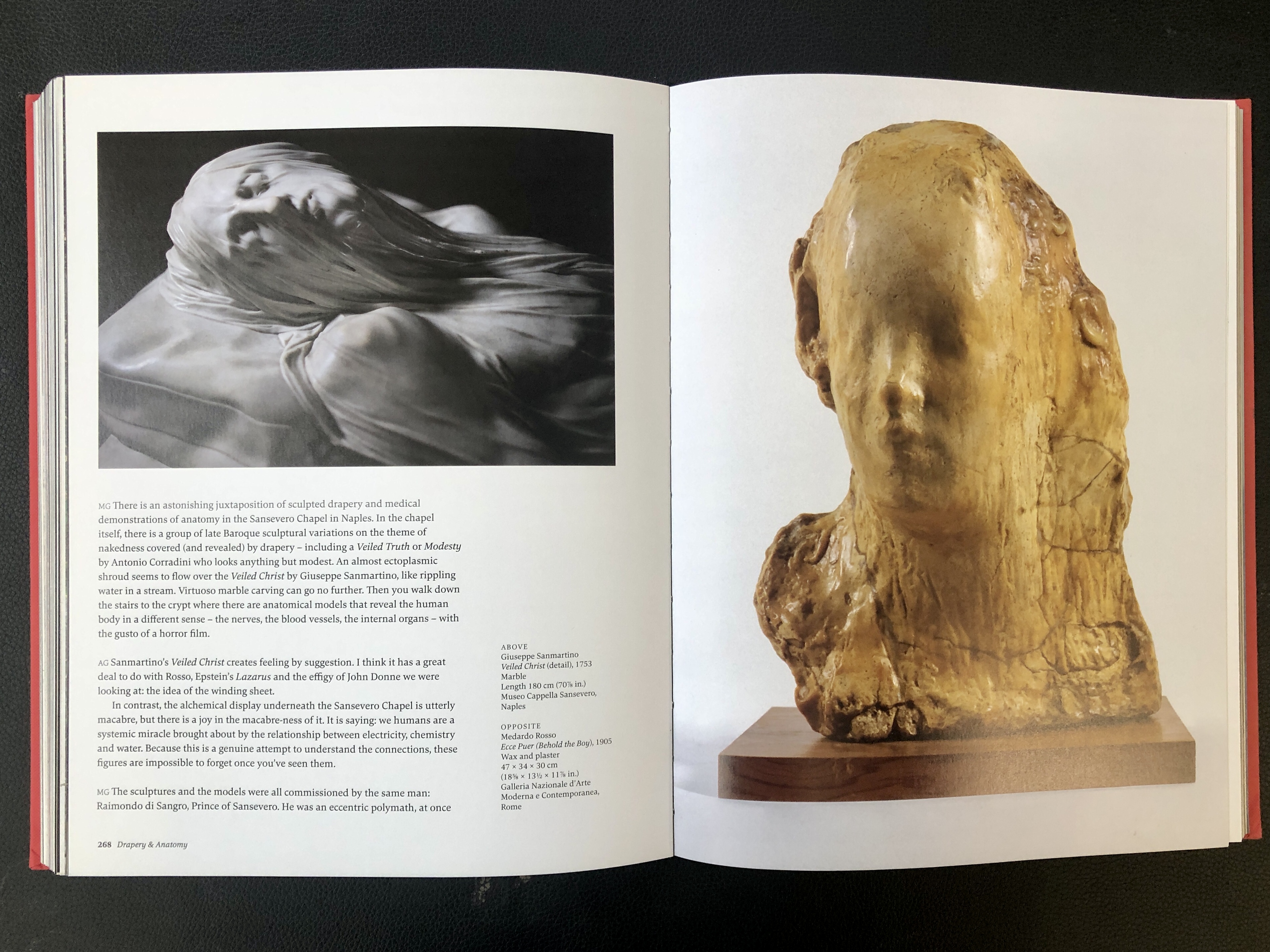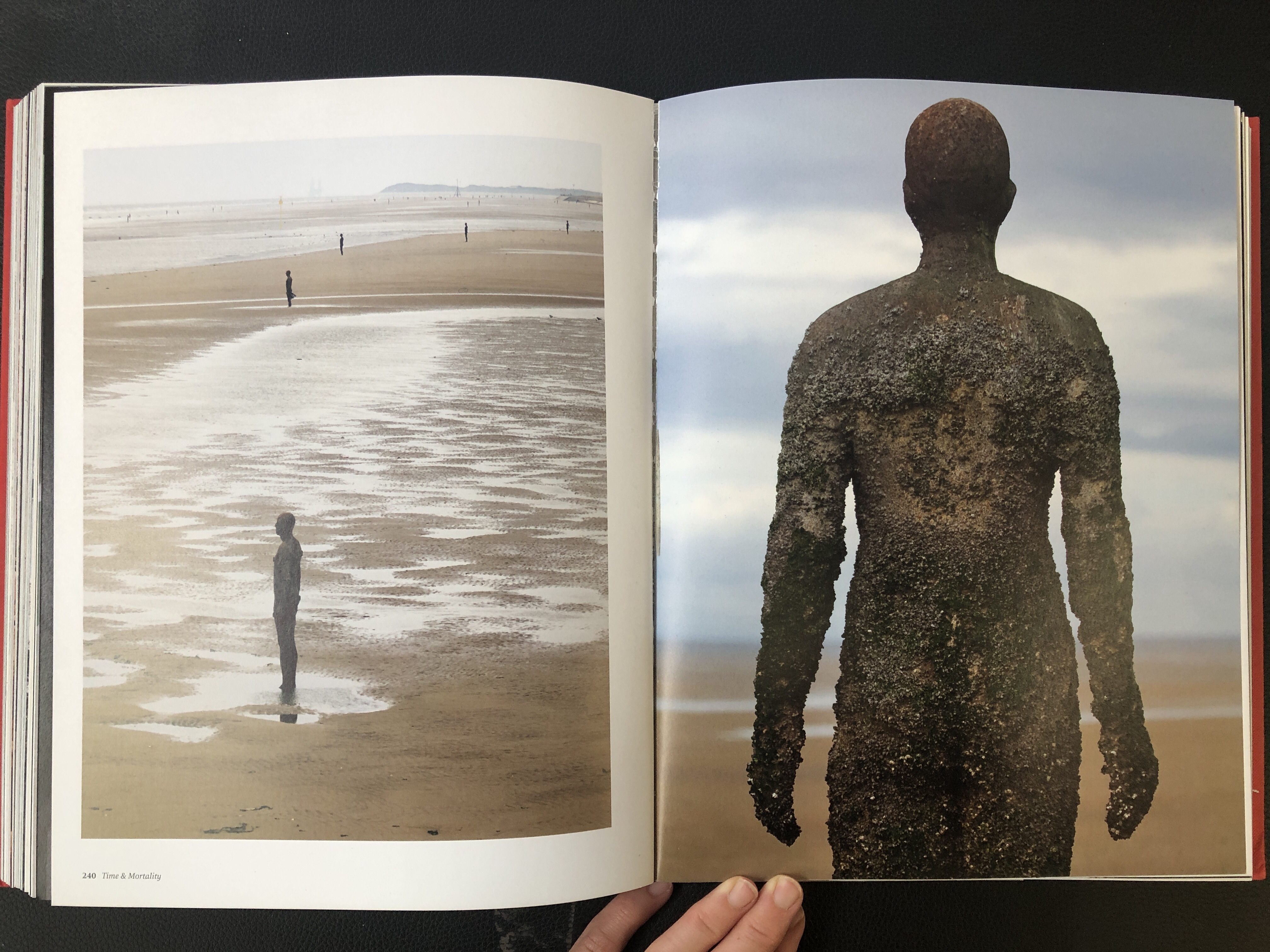Shaping the World: Sculpture from Prehistory to Now (book)

Shaping the World: Sculpture from Prehistory to Now takes us on a profound journey through the story of sculptural art.
Internationally renowned sculptor Antony Gormley and distinguished art critic Martin Gayford undertake a compelling exploration that traces the evolution of sculpture from its prehistoric origins to contemporary interpretations.
Through insightful dialogue, the book unveils iconic masterpieces that transcend cultures, offering profound insights into human creativity, innovation, and cultural evolution.
Shaping the World is more than a historical account; it is a tribute to sculpture's enduring impact on our collective narrative. In its pages, we encounter the essence of human expression speaking across time, material and space.
*This post includes Amazon affiliate links, which means I may earn a small commission if you make a purchase, at no extra cost to you. Thank you for your support!
Sculpture Highlights

Image:
Statue from Ain Ghazal, Jordan
7th millennium, BCE
Plaster, bitumen, reed, twine
Height 105 cm
Louvre Museum
About the sculpture
Amidst the countless masterpieces that grace the Louvre, I've had the privilege of dedicating endless hours to sketching and studying these treasures.
However, one sculpture has left a particularly profound mark on me. It stands shoulder to shoulder with the great works of luminaries like Michelangelo, Canova, and Bernini.
This sculpture's origins remain shrouded in mystery; its anonymous creator and enigmatic purpose intrigue and captivate.
Who is this enigmatic figure, and what inspired its creation? This unassuming relic harks back over 9,000 years, marking it as the eldest among the Louvre's extensive collection.
As the Louvre informs us,
"The oldest of all the works at the Louvre, this statue dates to about 7,000 BC!
Its rightful owner is the Department of Antiquities of Jordan but it is on long-term loan to the Louvre and therefore displayed with the permanent collections.
While its meaning is still somewhat of a mystery, we do know that the figure once sported a wig made out of vegetal material and had clothing painted on, which has long since faded away."
This sculpture resonates deeply, allowing us to commune with a distant past through the language of the human form, a form eternally tethered to our intrinsic desire to immortalize our essence in tangible art. Sculpture, an art form that transcends the boundaries of cultures, religions, and civilizations, continues to unite us across the eons.

Image, left:
Guiseppe Sanmartino
Veiled Christ (detail), 1753
Marble
Length 180 cm
Museo Cappella Sansevero, Naples
Image, right:
Medardo Rosso
Ecce Puer (Behold the Boy), 1905
Wax and plaster
47x 34 x30 cm
Galleria Nazionale d'Arte Moderna e Contemporanea, Rome
About the sculpture
In these two remarkable works, we witness the mastery of sculptors from different centuries and artistic movements. On the left, Guiseppe Sanmartino's "Veiled Christ" from 1753 exemplifies the intricate artistry of the Baroque period.
The translucent marble, skillfully carved to create the illusion of a draped veil over Christ's body, is a testament to Sanmartino's technical prowess and ability to imbue his sculpture with an ethereal quality.
On the right, we have Medardo Rosso's "Ecce Puer" from 1905, representing the transition into the modern era.
Rosso's use of wax and plaster, unconventional materials for sculpture at the time, challenges traditional notions of solidity and permanence in art and captures a sense of transience and fragility.
Both sculptures are exceptional in their own right, showcasing the evolution of sculptural techniques and artistic philosophies over the centuries. Sanmartino's "Veiled Christ" stands as a pinnacle of technical virtuosity, while Rosso's "Ecce Puer" represents a bold departure from tradition, embracing the fluidity and impermanence of the modern age.

Image:
Antony Gormley
Another Place, 1997
Cast iron, 100 elements, each 189 × 53 × 29 cm.
Installation view
About the sculpture
This thought-provoking installation is comprised of 100 cast-iron statues of the artist's own body scattered across Crosby Beach in England. The figures are spread out along the shoreline, each facing the horizon line.
As the tides rise and fall, the statues become partially submerged, creating a sense of impermanence and transformation. The natural elements change the surface of the sculpture over time, covering the body with barnacles and marine life.
Gormley's installation invites viewers to ponder the timeless themes of mortality, and to contemplate the transient nature of human existence.
In conclusion
As you can see from these examples, a study of sculpture history takes us on a profound journey to explore human history.
If this has ignited your curiosity, you may want to immerse yourself further in the captivating pages of "Shaping the World: Sculpture from Prehistory to Now." This fascinating book will undoubtedly deepen your understanding and admiration for the legacy of sculpture across the ages.
ARE YOU ON THE LIST?
Sign up to get my best sculpting tips and inspiration delivered to your inbox each week!
You can unsubscribe at any time.




